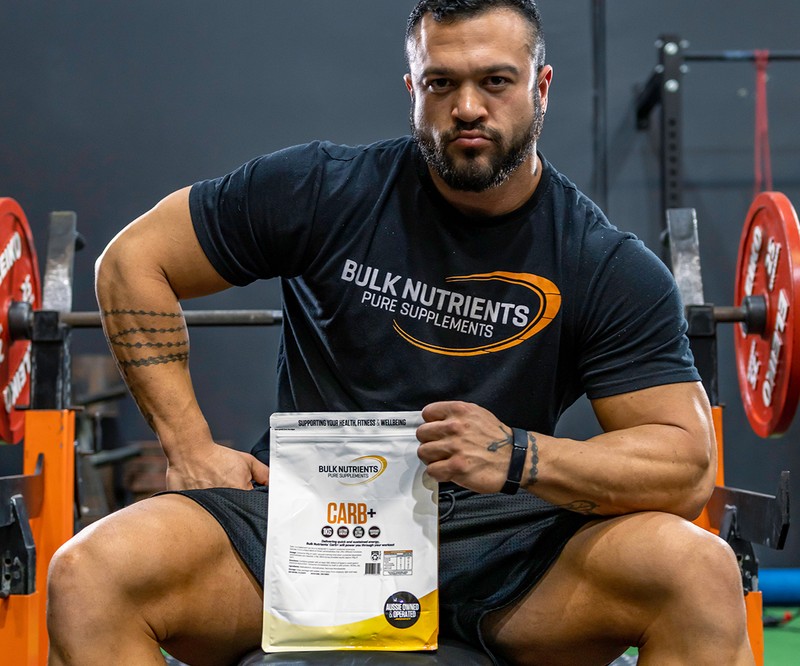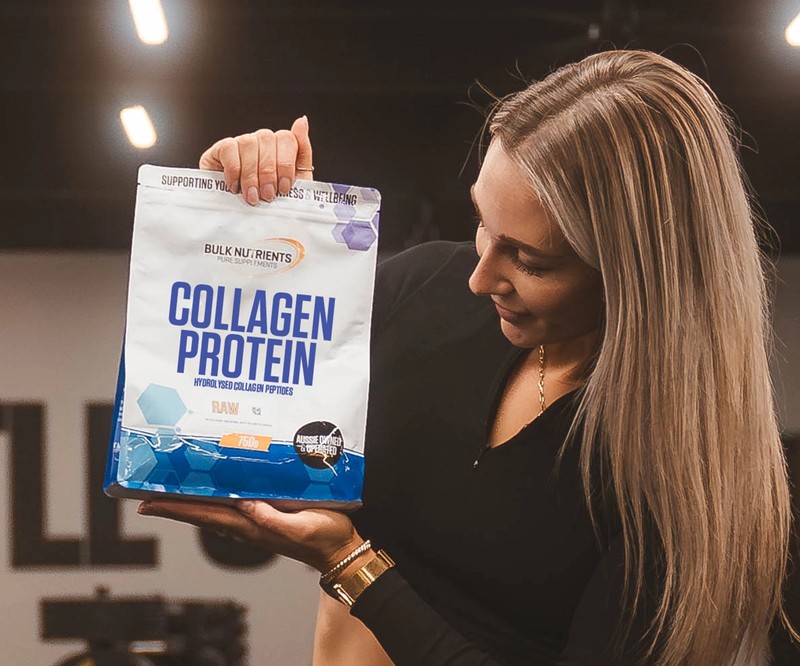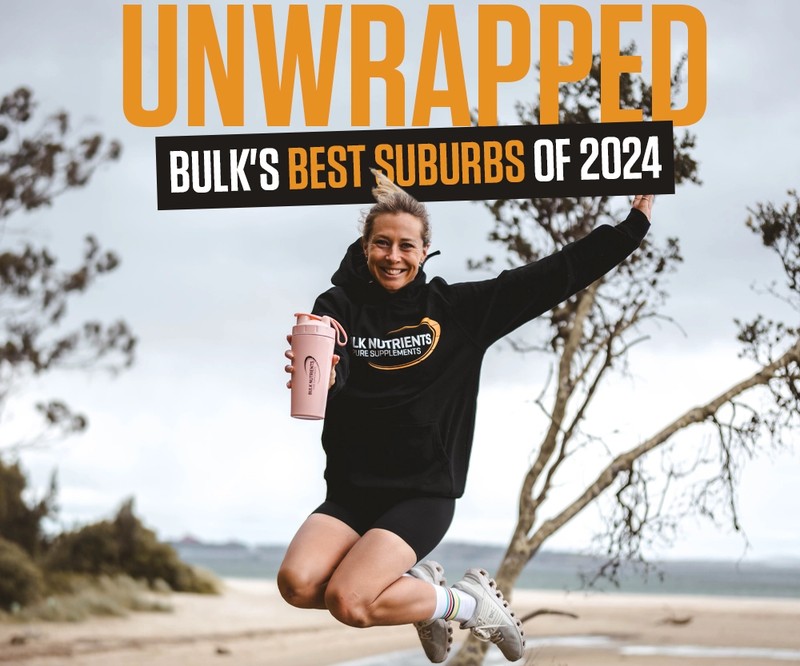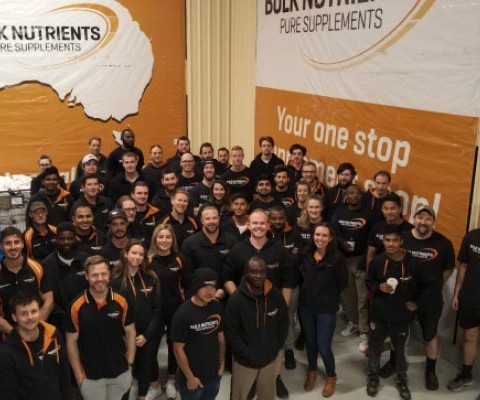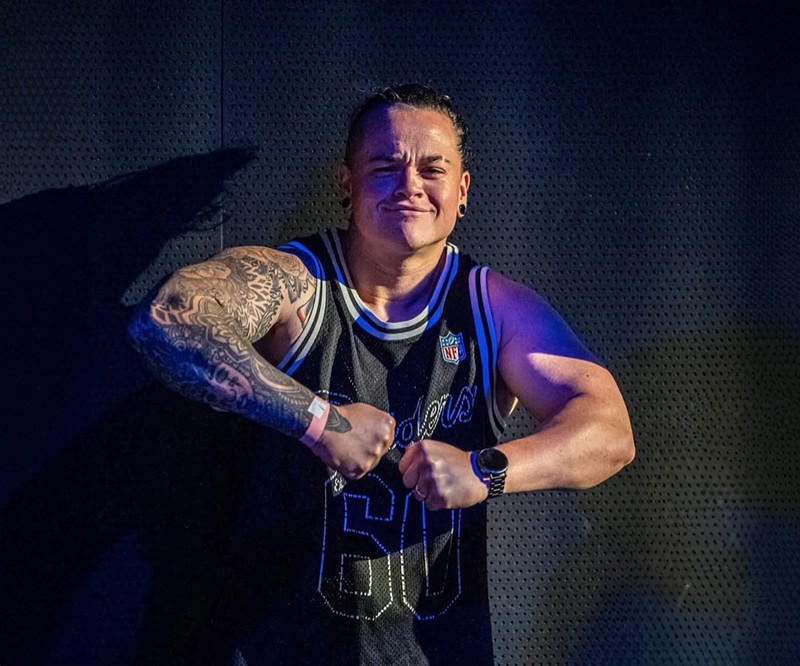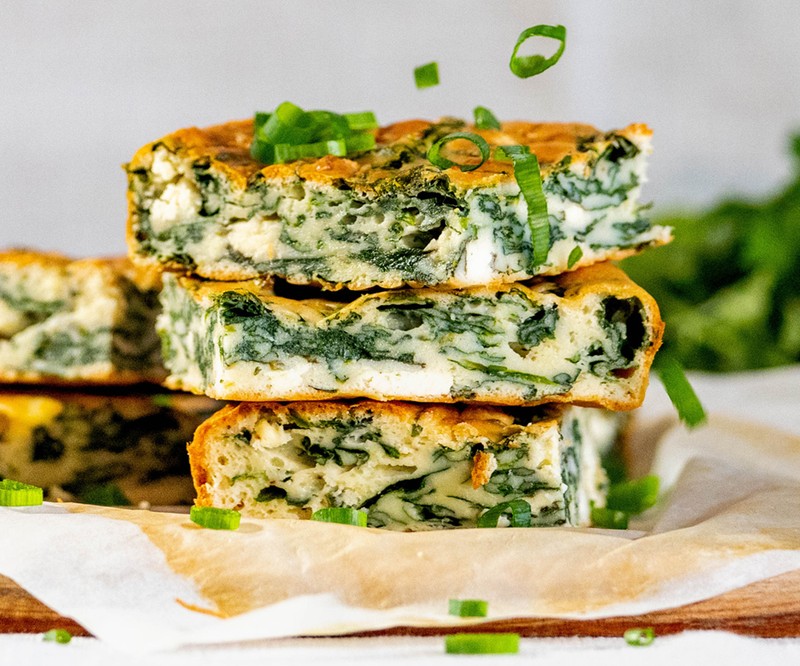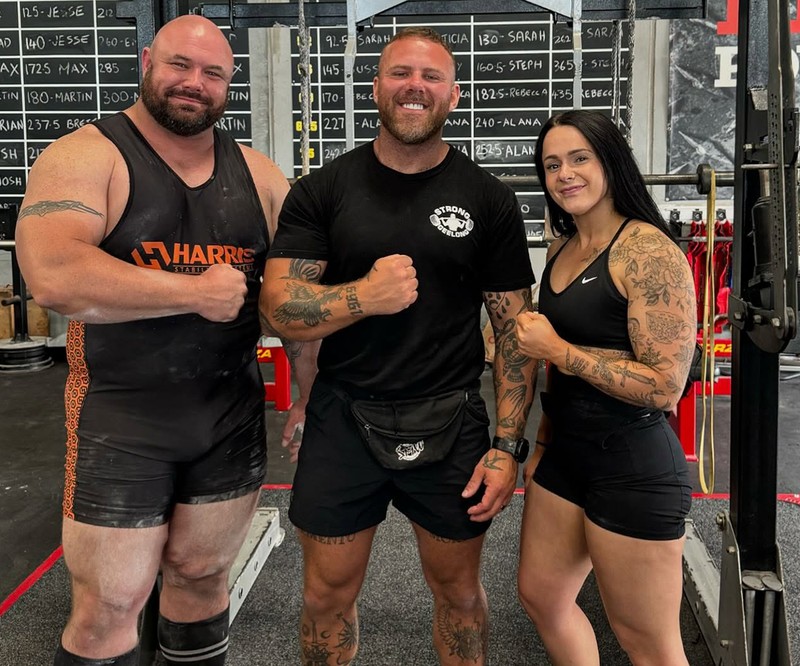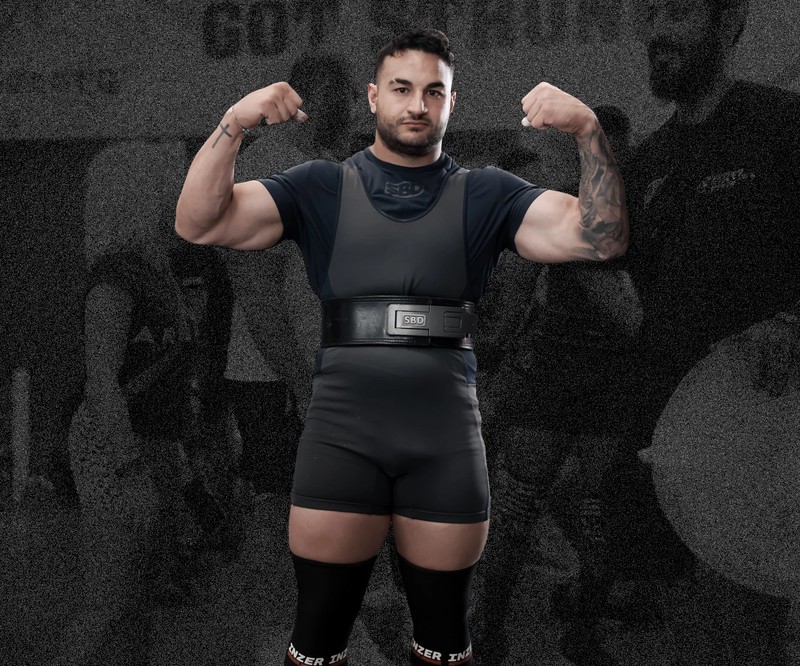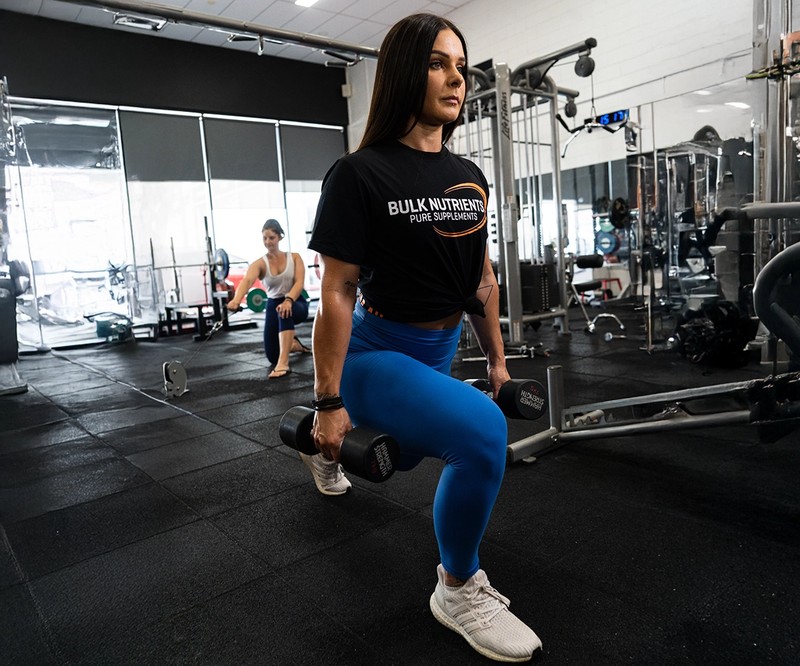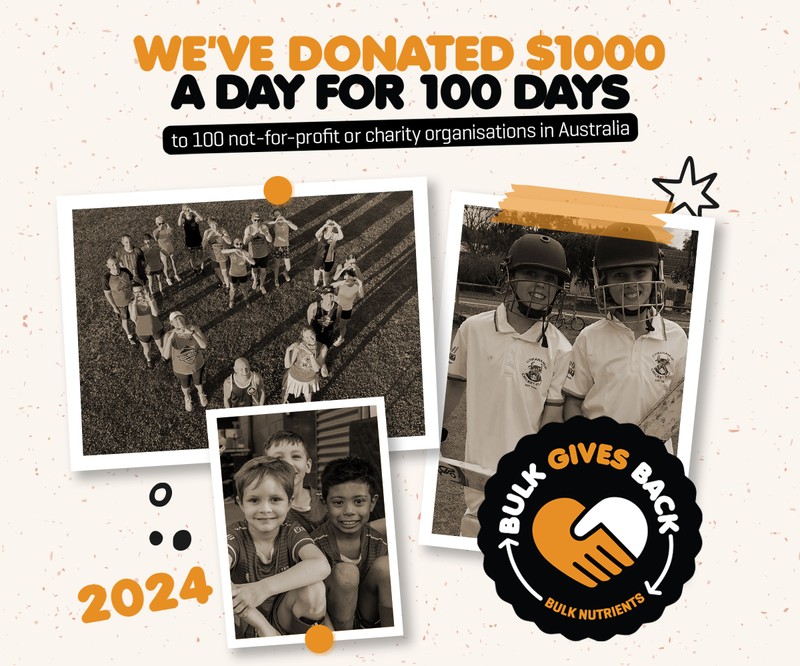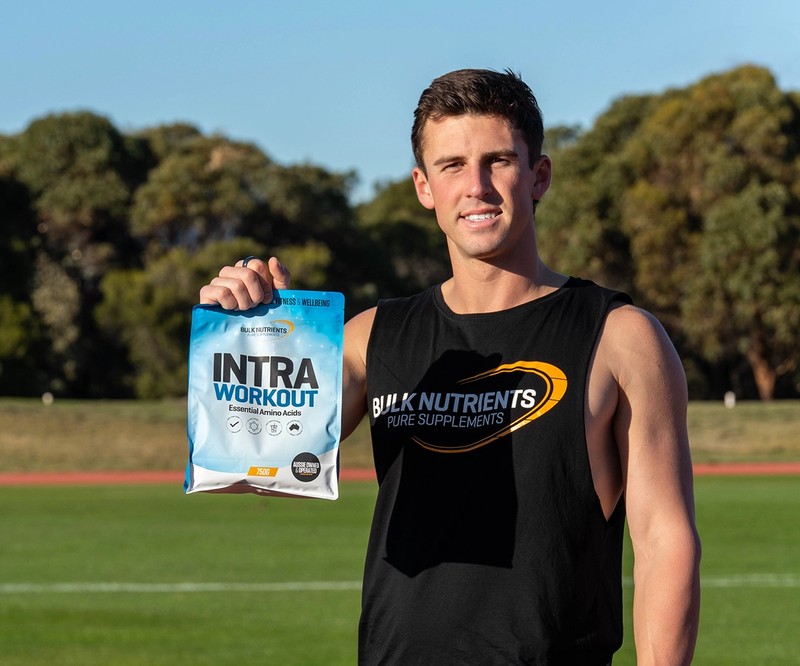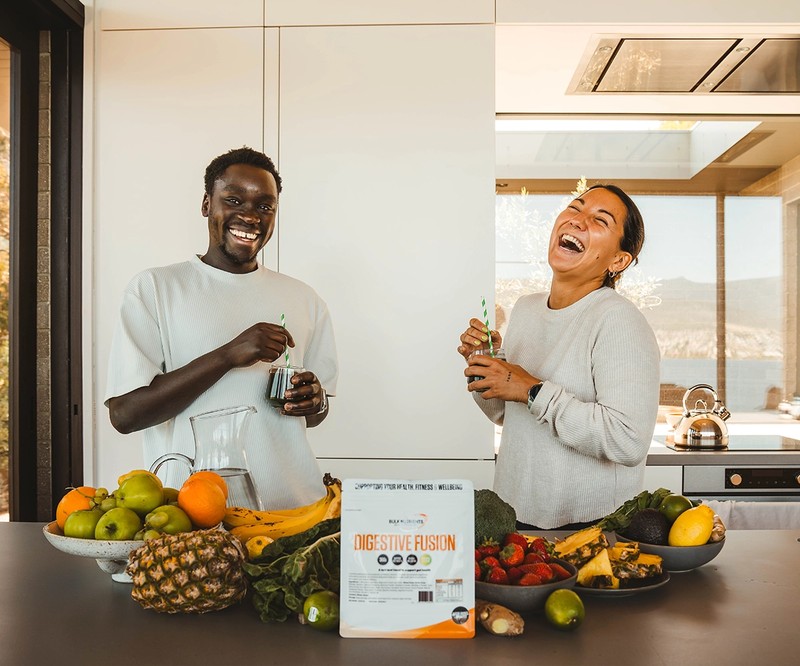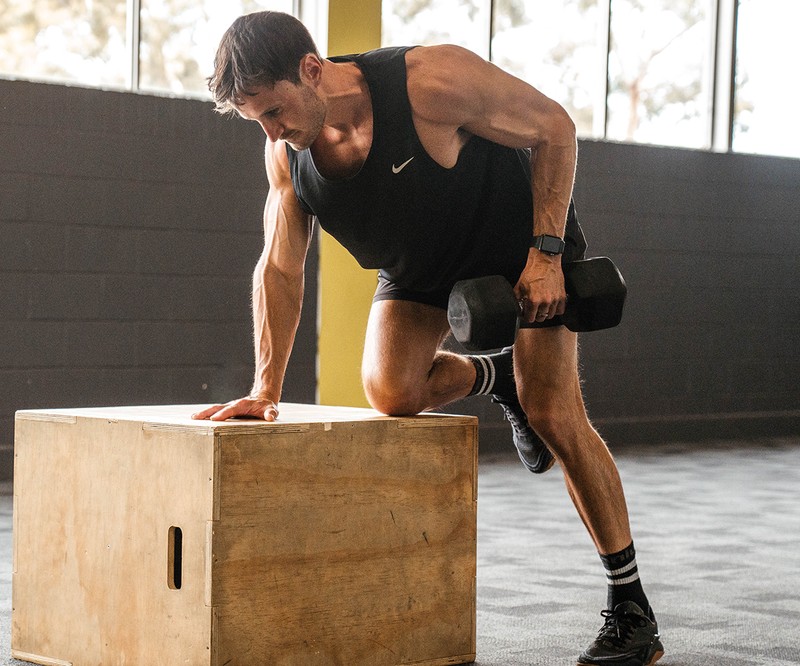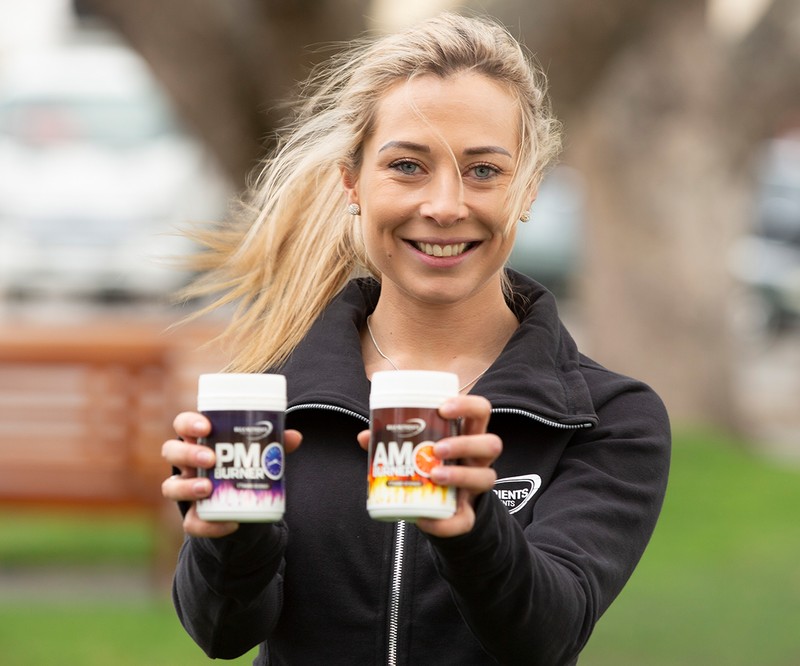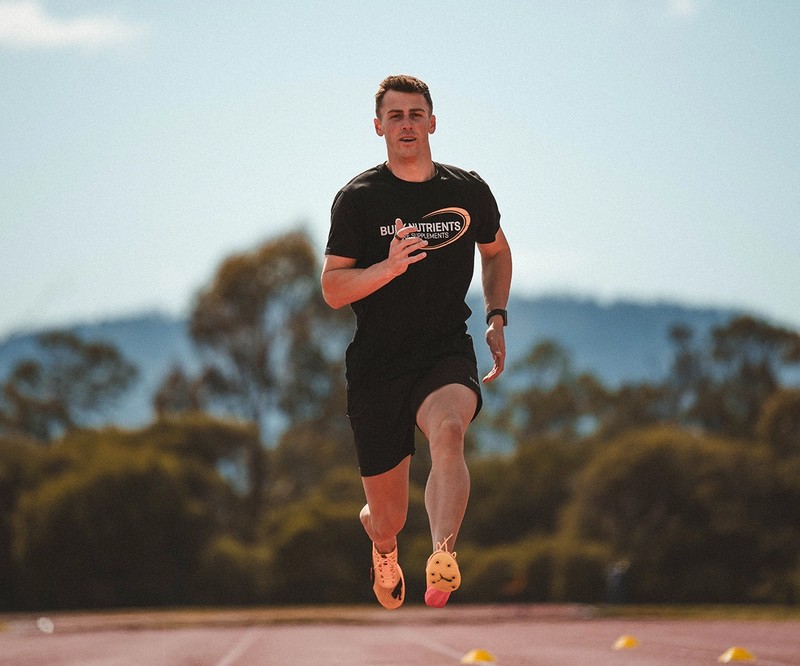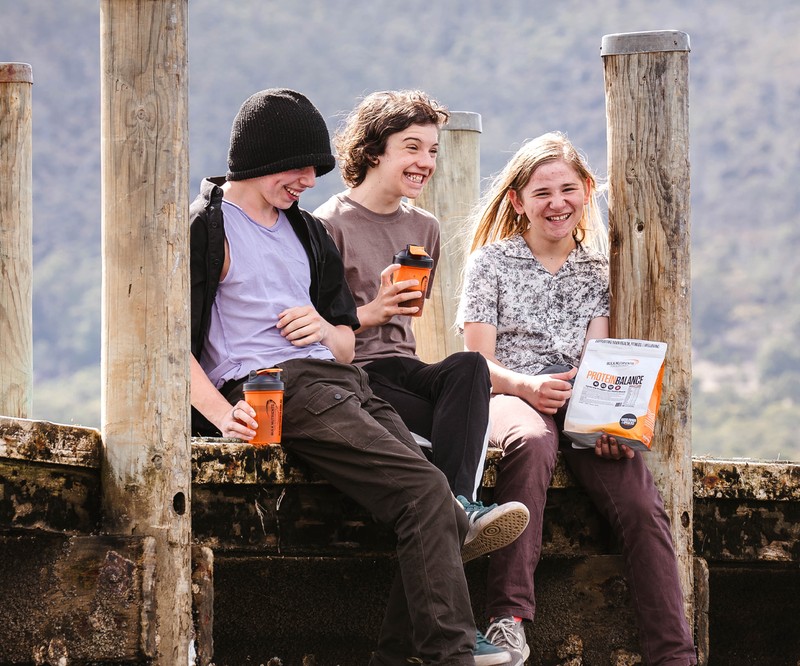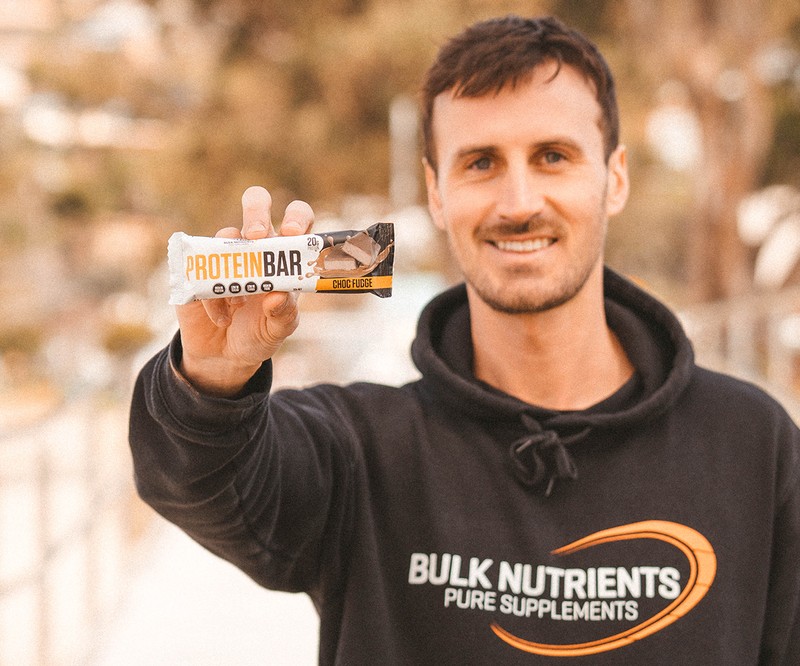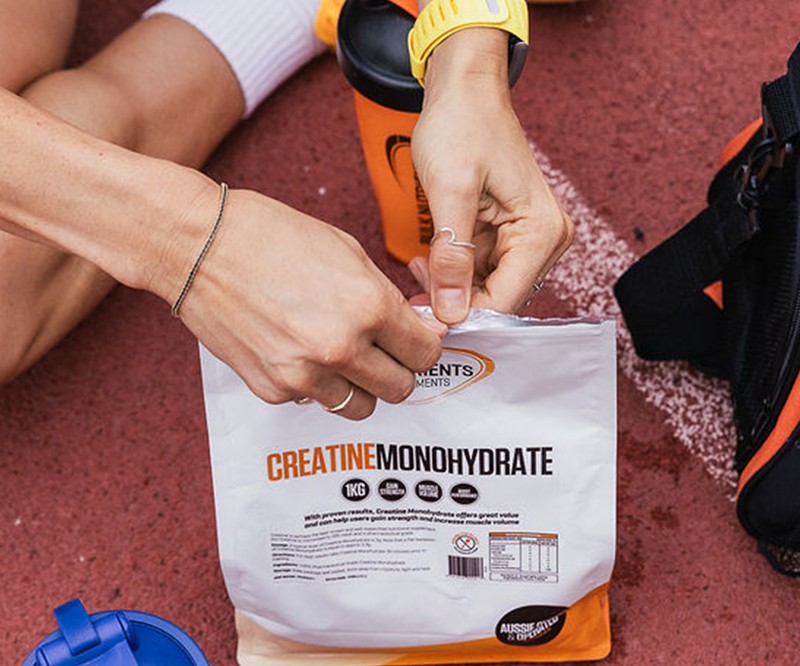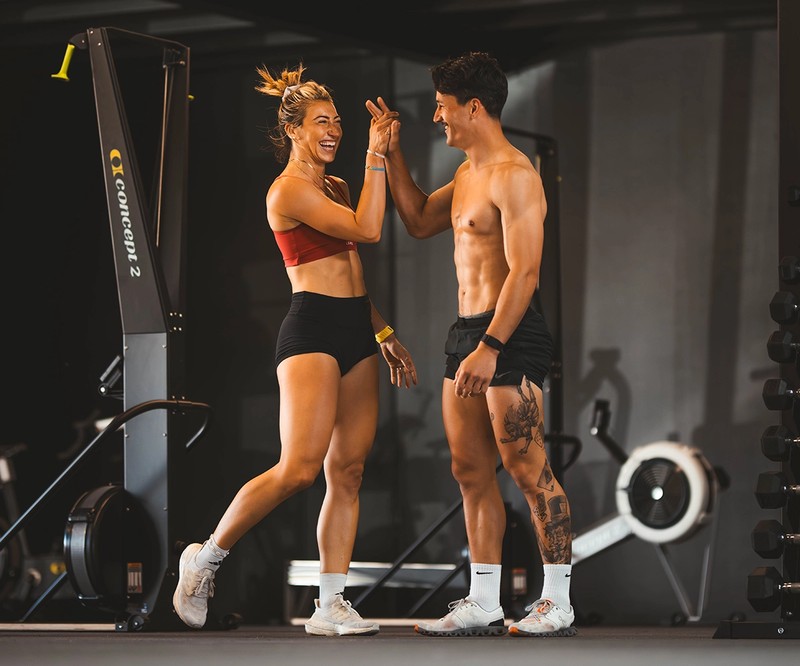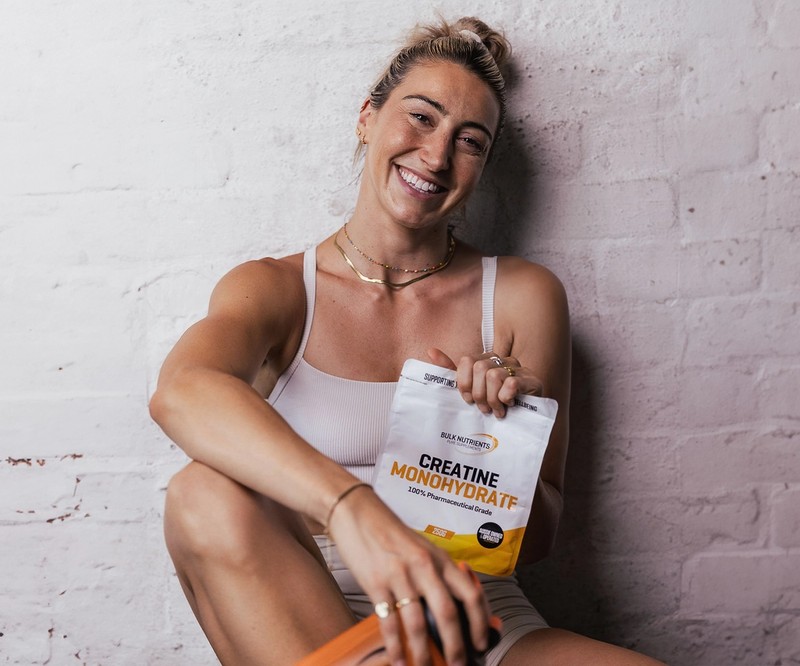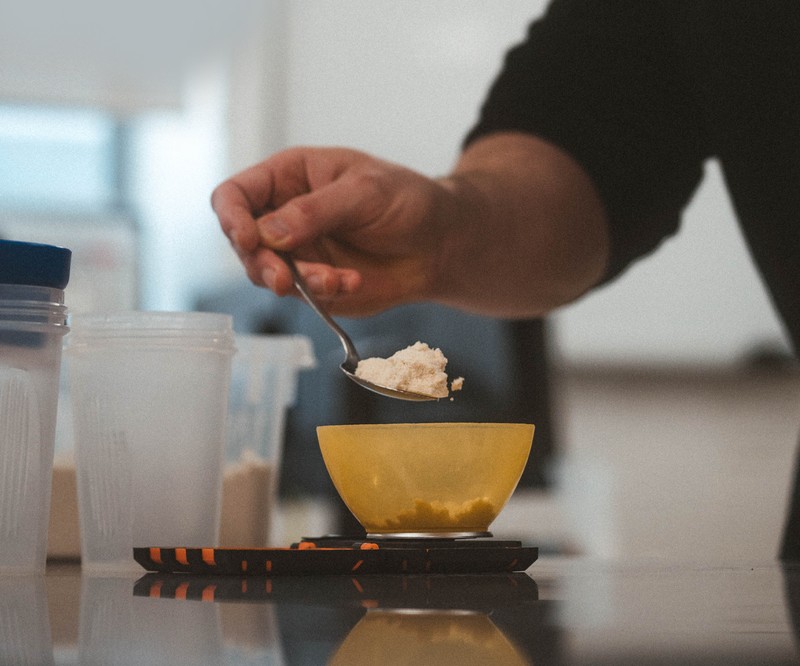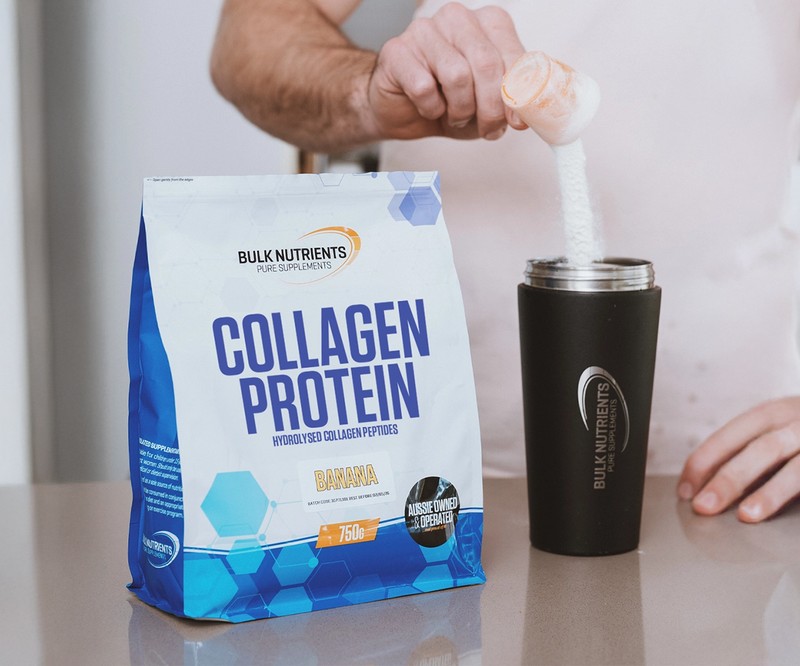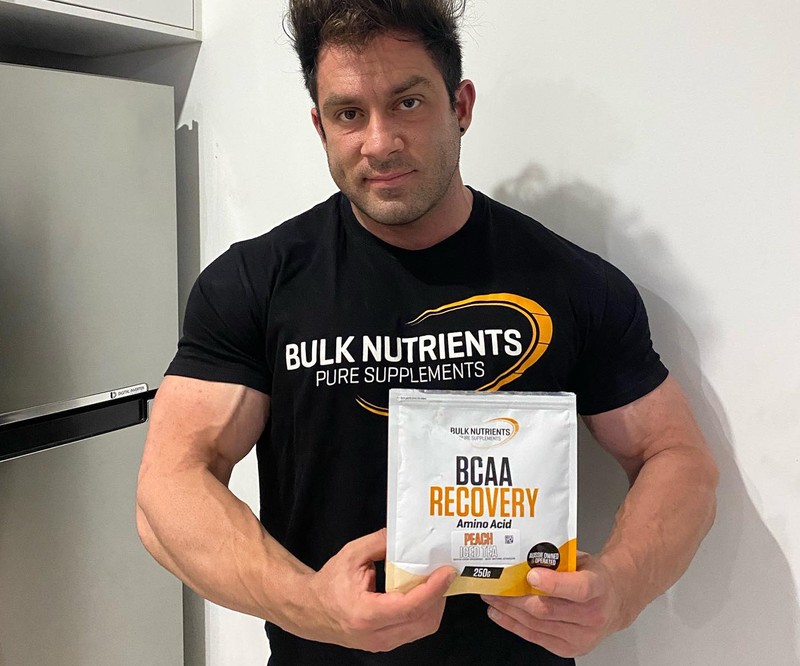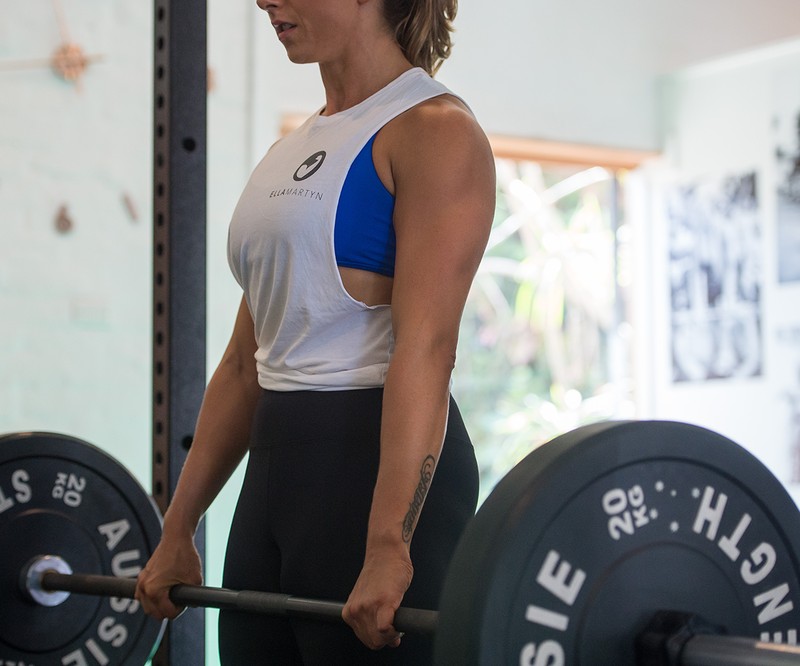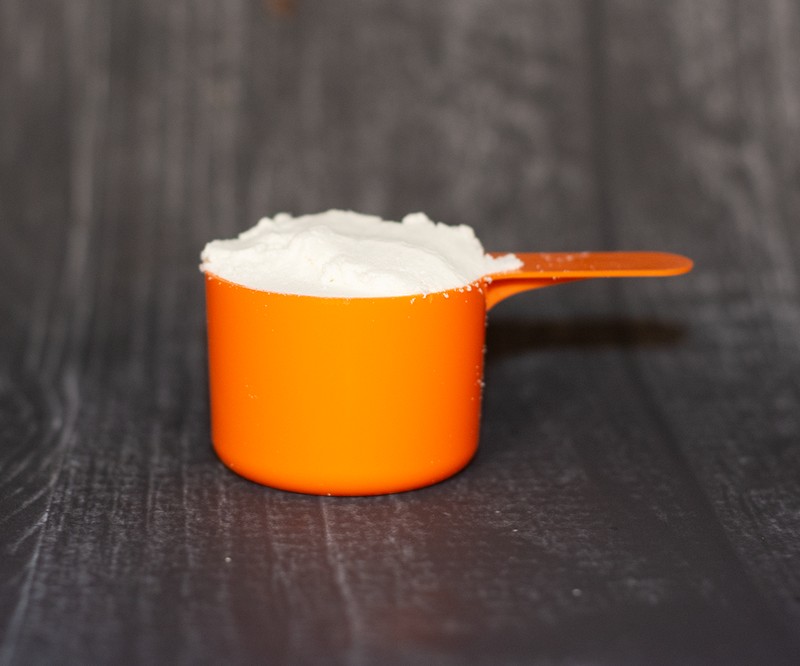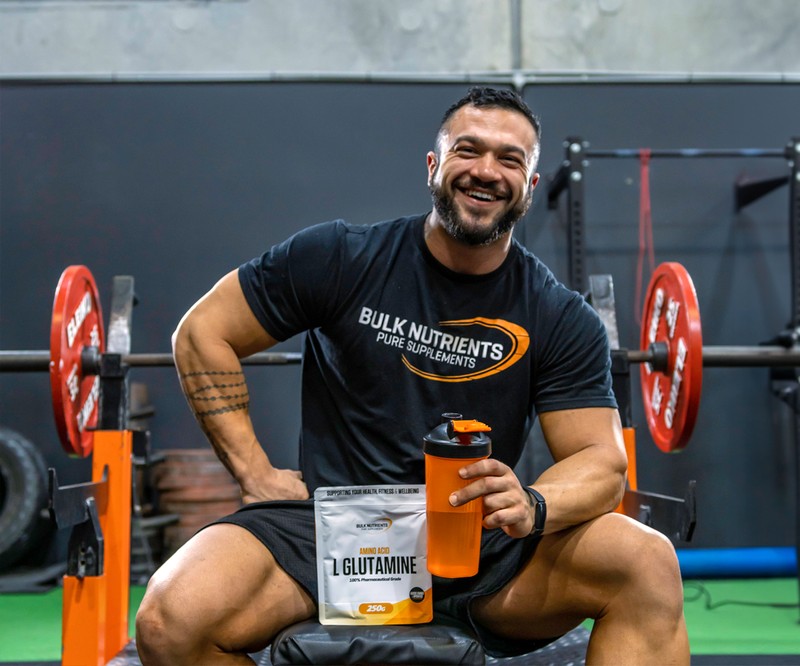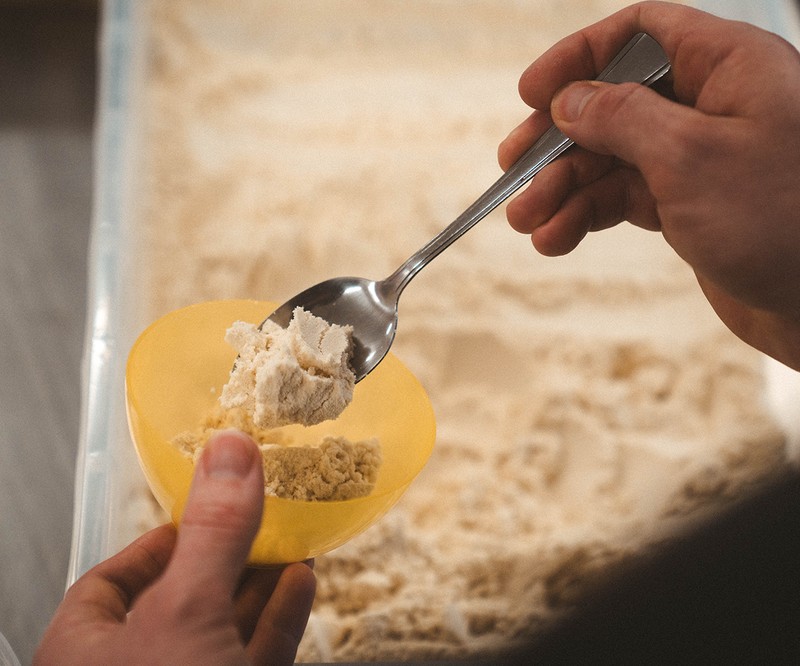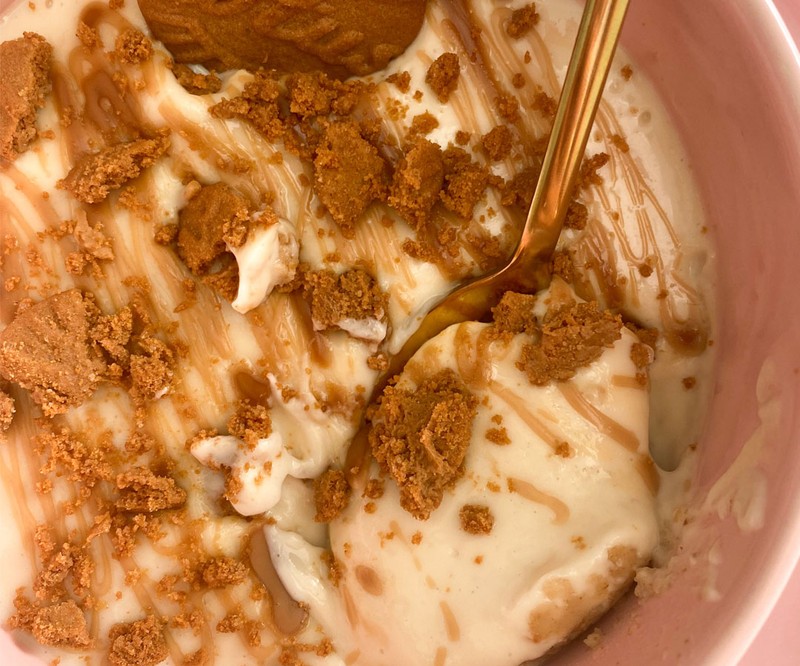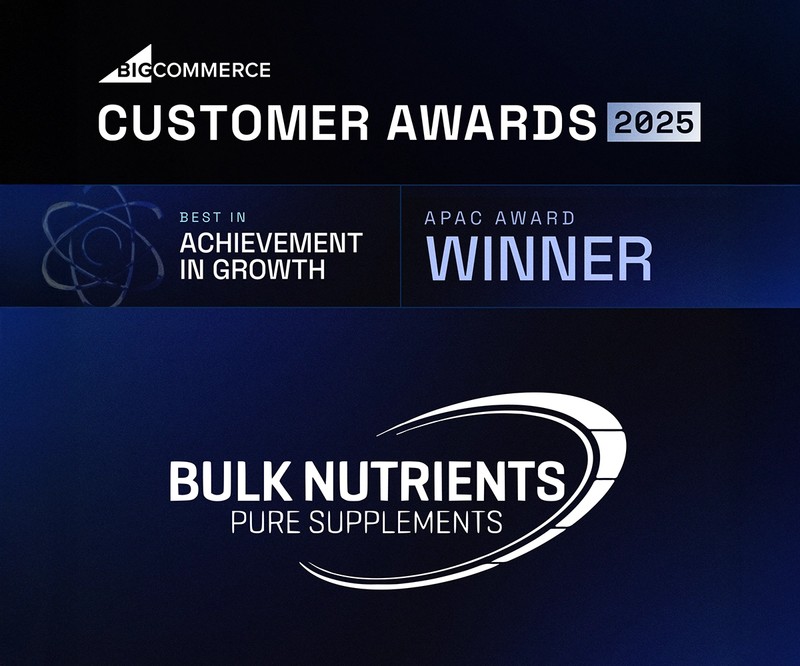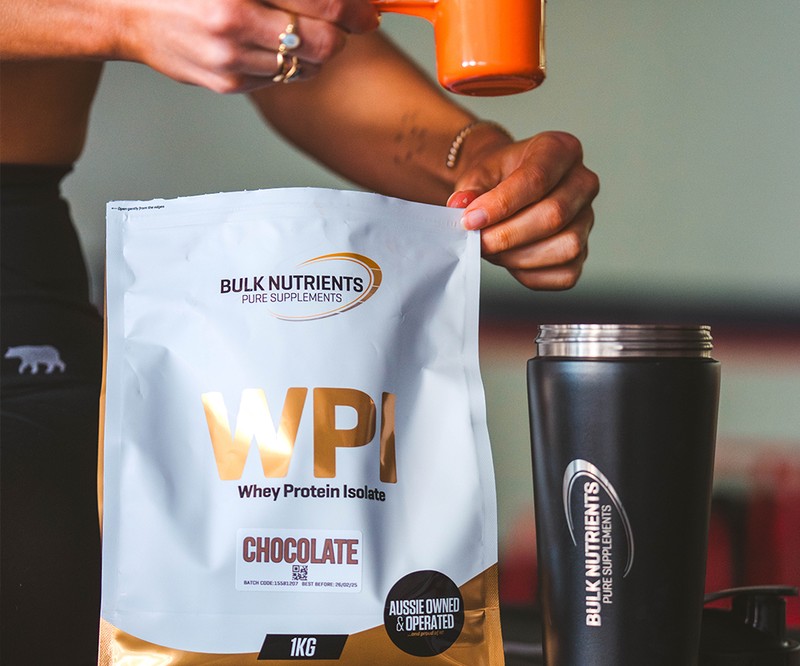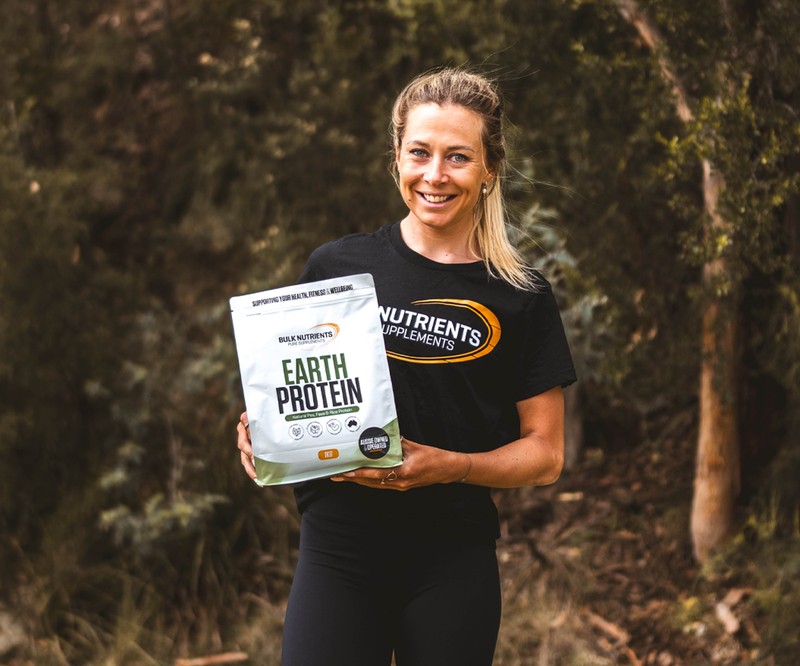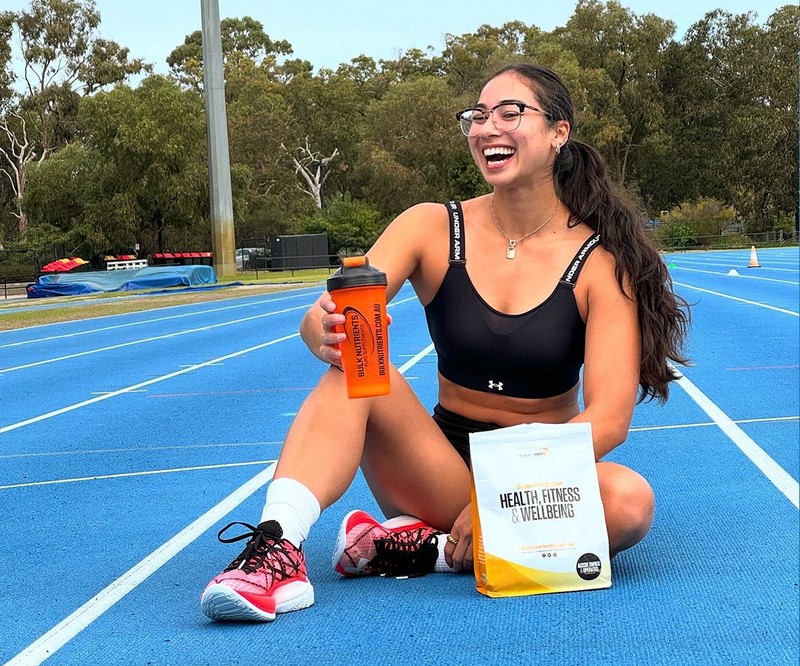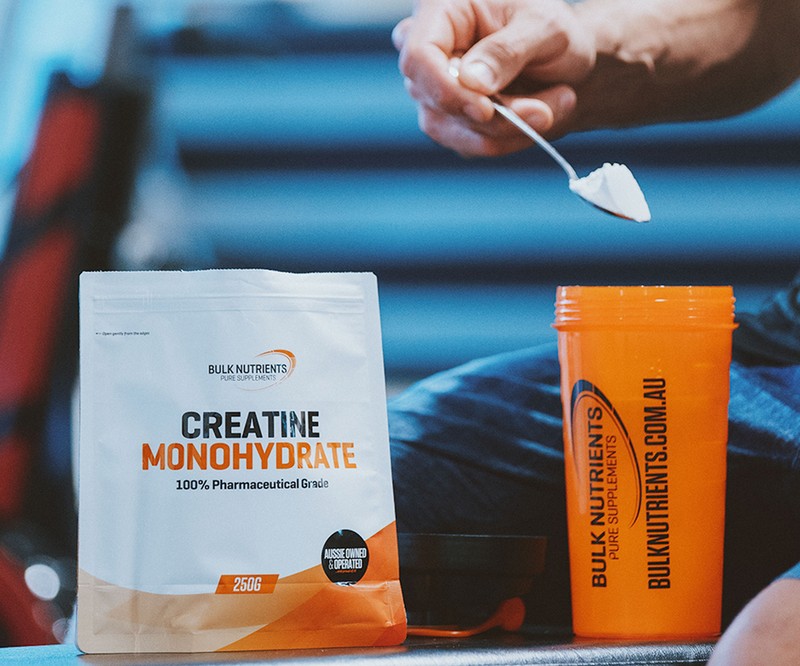The Best Exercises for a Thick Back
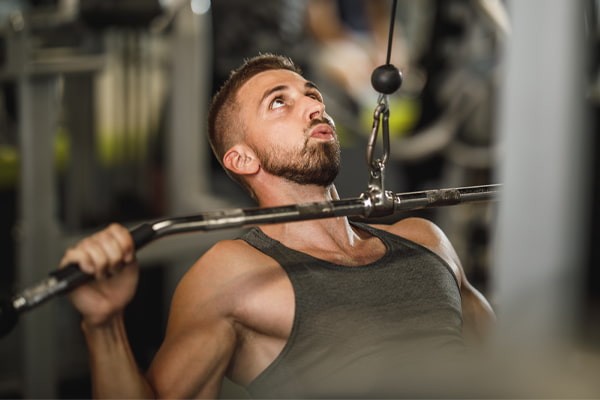
What is the best way to grow your back?
Let's take a look at the anatomy of our back in the image below:
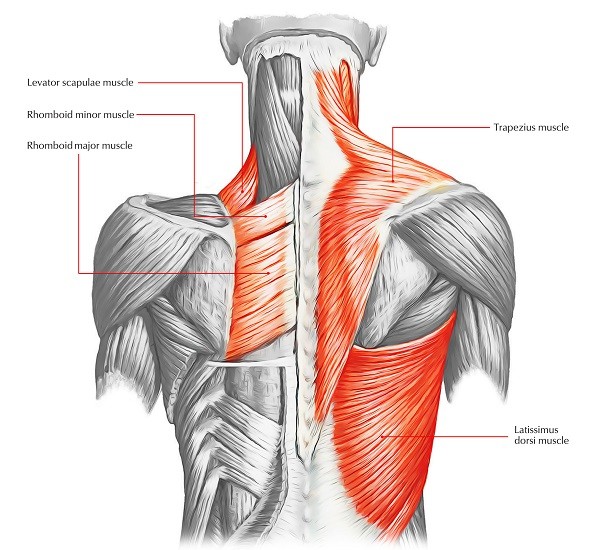
What we're looking at here mainly are three parts which you'll see above:
- Latissimus dorsi (aka the lats)
- Trapezius muscle (aka the traps)
- Rhomboids
When we're training, we want to be targeting all these muscles as effectively as possible to grow the biggest and thickest back we can.
So how do we do that?
A study from Boeckh-Behrens & Buskies in the year 2000 utilised 10 resistance-trained male subjects (with an average age of 22) to perform a number of back exercises utilising electromyography, to decipher which exercises worked the certain parts of the back the hardest. Electromyography works by placing electrodes on a muscle and recording its activation.
This is what they found, starting with the lats:
1st: Lat pulldown to sternum (narrow underhand grip, bend back)
2nd: Lat pulldown to neck (shoulder-wide overhand grip, upright)
3rd: DB row, bend over (underhand grip, arms close to torso, palms to the front)
4th: Lat pulldown to sternum (shoulder-wide overhand grip, bend back)
5th: DB row, (bend over neutral grip, palms facing torso)
6th: Lat pulldown to sternum (shoulder-wide overhand grip, upright)
7th: Seated cable row V-Bar (arms close to torso)
The best exercise for the lats
The other interesting finding was that it wasn't possible to isolate the lats, despite popular opinion saying otherwise. The data showed that working the upper, middle, and lower parts of the lats wasn't possible.
What was also discovered was leaning back during lat pulldowns IS actually beneficial for more activation, as seen in the image below.

In fact, leaning back to 135 degrees (as opposed to being upright and 180 degrees) activated the lats by an extra 11%.
And what about bodyweight exercises for the lats? Well, that was examined too:
1st: Pull up to neck behind your head (wide overhand grip)
2nd: Pull up to sternum (wide underhand grip)
3rd: Pull up to sternum (wide overhand grip)
4th: Pull up to sternum, narrow overhand grip
So, there are your lats covered. But what about now, the traps?
The best exercise for the traps
For the upper traps, the researchers reported:
1st: Dumbbell shrug
2nd: Barbell front raise (narrow grip)
3rd: Deadlift
And for the lower part of the traps, they found:
1st: Machine reverse fly (grip with thumbs facing up)
And for the middle traps, they found:
1st: Machine reverse fly (thumbs to the side facing the body, arms and torso at 90 degrees)
2nd: Dumbbell reverse fly (lying flat on a bench)
Ok, so what about the rhomboids? Well, here's something you don't learn often from your training partners, all exercises you perform which activate the trapezius will also target your underlying rhomboids!
You'd be forgiven for thinking the heavy cable and dumbbell rows were the way towards a big back. Every trip to the gym results in someone groaning to a large stack of weights, insisting their backs will grow thick due to this type of back training. But surprisingly, the heavy dumbbell rows finished in 6th (last) place for working the middle traps, whilst the straight bar cable rows finished 4th.
The best back workout for optimal muscle growth?
Based on this data, a great back workout to work all muscles in the back as effectively as possible would be:
3 x pulls ups to the neck behind your head (4-12 reps) (for lat development and stabilisers)
4 x narrow underhand grip pull-downs to the sternum (6-12 reps) (for further lat development)
4 x Dumbbell shrugs (12-15 reps) (To develop your upper traps)
4 x Reverse fly (12-15 reps) (on a machine, knuckles facing behind you, arms at 90 degrees, to develop your mid traps)
3 x Dumbbell reverse fly 110 degrees (15-25 reps) (for lower trap development).
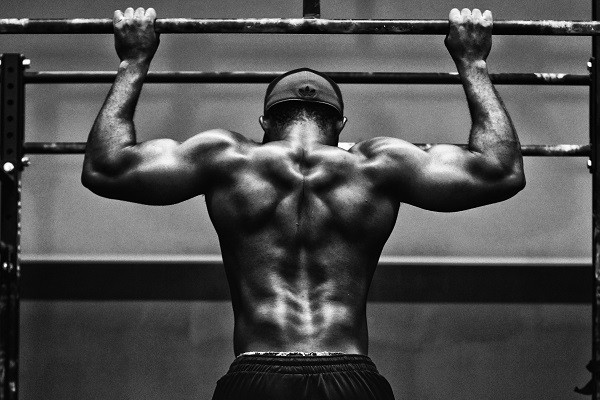
And be sure to mix up the number of sets for some workouts (maybe 5 sets of pull-ups as you get more used to it!) and increase the number of sets for the dumbbell reverse fly. According to strong electromyography data, this is a back workout that won't only test you, but will build your back as quickly as possible!
But remember that this aforementioned number of sets and reps is simply a guide. You know what you can do well, and what's pushing you beyond your ability, etc. Train hard, and train smart, and you'll be giving yourself the best chance at optimal back growth!
References:
- Boeckh-Behrens & Buskies. 2000
- Farrell C, Kiel J. Anatomy, Back, Rhomboid Muscles. [Updated 2020 Jul 27]. In: StatPearls [Internet]. Treasure Island (FL): StatPearls Publishing; 2021 Jan-. Available from: https://www.ncbi.nlm.nih.gov/books/NBK534856/
- Mills KR. The basics of electromyography. J Neurol Neurosurg Psychiatry. 2005;76 Suppl 2(Suppl 2):ii32-ii35. doi:10.1136/jnnp.2005.069211

